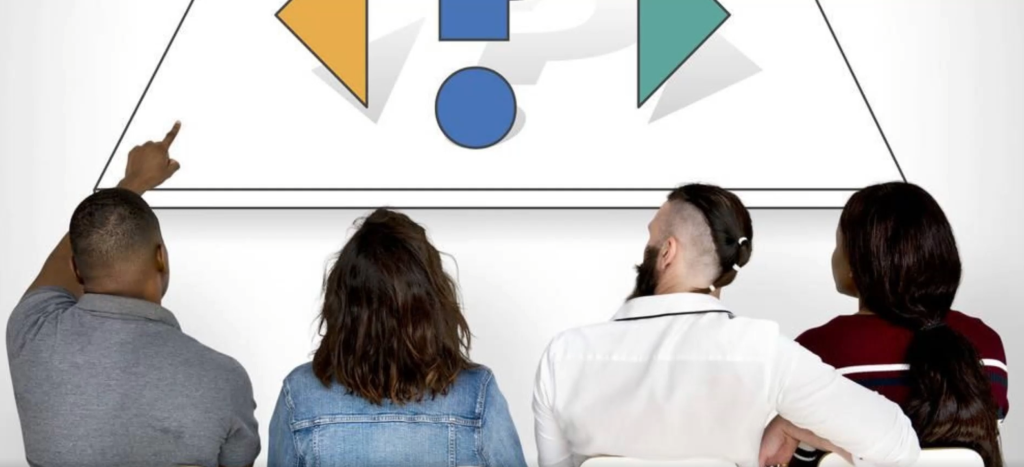Understanding Consumer Sentiments

You are the manager of a furniture store, and due to rising logistics costs, the store has decided to discontinue free delivery for customers. Instead, a $20 delivery fee per furniture item will be charged. However, consumers are expressing significant dissatisfaction. In the context of this mandatory $20 charge, what approaches can you employ to make consumers comprehend and embrace this decision?
When viewed from the consumer’s perspective, do they genuinely perceive the $20 charge as unreasonable? Their resistance likely stems from an instinctual aversion to sudden losses.
Defined as loss aversion, this phenomenon can be illustrated with an analogy: Imagine finding $100 on your way to work today, only to have the wind swiftly carry it away. Although you gained and then lost $100, the joy and frustration balance each other out. Despite technically returning to the calm state before finding the money, most people’s mood wouldn’t be too positive at that moment.
This ancient self-protective instinct in human psychology has resulted in numerous intriguing observations in today’s business society.
Concept:
Loss Aversion
The happiness gained cannot effectively alleviate the pain of a loss. Psychologists refer to this heightened sensitivity to losses as “loss aversion,” and researchers have found that the negative impact of a loss is 2.5 times stronger than the positive impact of a gain.
Case Study:
Consider an example where an elderly person attempts to deter children playing on a public lawn by offering decreasing amounts of money ($10, $5, $1). Although the children end up with $1, the pain of losing $9 far surpasses the joy of gaining $10. Consequently, the children no longer play on the lawn.
Application: Scenarios
Scenario 1:
If the furniture store is to charge a $20 delivery fee, directly imposing this fee may trigger consumer aversion to the loss. Instead, consider a different approach by incorporating the $20 delivery fee into the product price. Customers not needing delivery could also receive a $20 discount.
Scenario 2:
When consumers purchase furniture, concerns may arise about potential damage. Introduce an alternative approach by providing a 7-day no-questions-asked return policy. This reassures consumers, and the number of returns unrelated to product quality may be minimal.
Scenario 3:
For consumers who adore your sofas but hesitate due to an existing one at home, propose a trade-in service. An old sofa could be valued at $800, which might be more appealing than a direct $800 discount on a new sofa.
Conclusion: Optimization Strategies
1.Utilize Trade-In (Upgrade) Programs: Shift from traditional discounting to enticing trade-in programs.
2.Frame Gains, Not Losses: Communicate positively, focusing on the benefits rather than emphasizing losses.
3.Explore No-Questions-Asked Return Services: Consider introducing a customer-friendly return policy when conditions permit.





